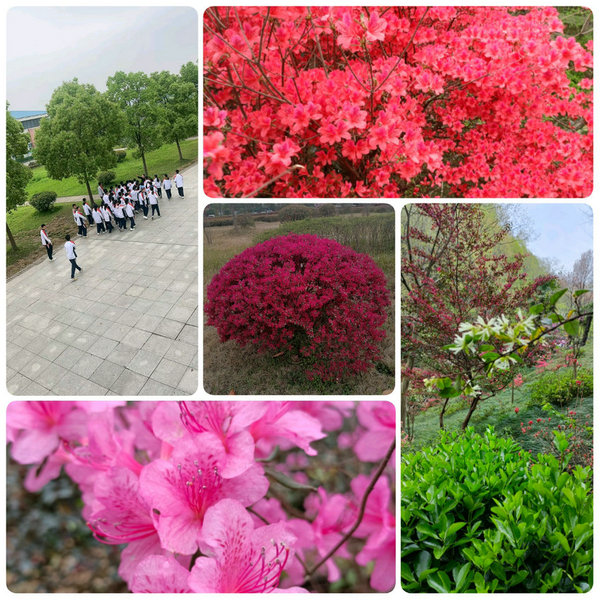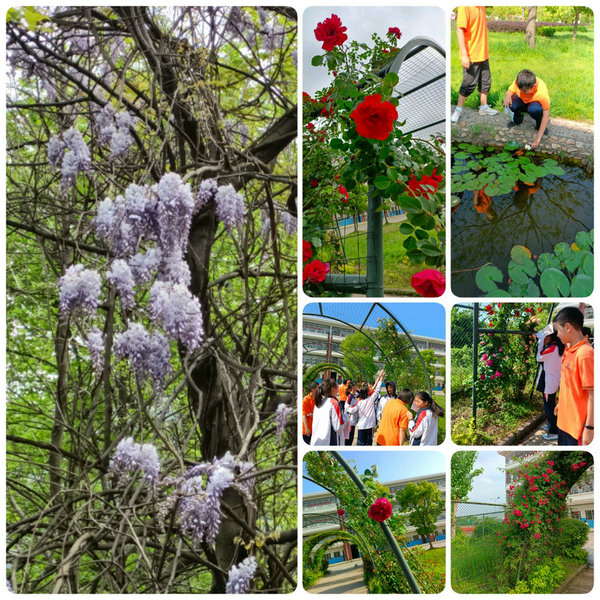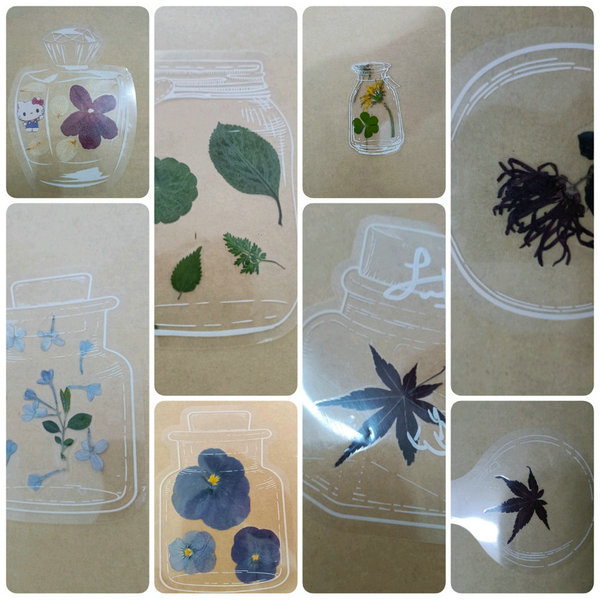








WWW.AQWGY.NET
Outdoor Classroom
In order to implement the spirit of quality-oriented education, Anqing Foreign Language School organized students to extend the biology class to nature. At the end of March and in April, a series of activities were arranged, including the study of twelve scenic spots in the South of Tongling and the understanding of common plants on campus, during which students got close to nature and learned about the biosphere's most respectable and lovely producer--green plants. In fact, these informative activities cultivated students' love of life emotion, so that they could understand only by living in harmony with other creatures can human beings build a truly harmonious society.




To be specific, in the series of activities, the students learned that the city tree of Anqing is camphor, which is an evergreen tree species. As the weather gets warmer, new leaves are drawn out, and the old leaves turn red and yellow and fall off naturally. But during this season, the flowers of camphor trees give off a sweet smell. On the other hand, students have learned that rhododendrons can be either a common burgundy red or a natural red and loropetalum chinense has both red and white flowers.
In addition, this activity makes the plants on the Chinese textbooks really come to the front of the students. In the process of studying in Tongling, students experienced the deep and shallow purple of the purple vine. Besides, during the visit to the campus flower gallery, students carefully observed roses and Rosa chinensis to understand the differences in terms of flowers, leaves, branches and other aspects. Also, they learned that the roses sold in the market were mostly Rosa chinensis. In the meantime, students saw water lilies opening in the small waterscape in front of the gymnasium, which were distinguished from lotus in terms of leaf morphology. Furthermore, on campus, through teachers’ explanation, students learned some differences between peaches, plums, Malus spectabilis and oriental cherry.
Evidently, students marveled at the fact that plants can also respond to external stimuli as well as animals, and felt that the leaves above the crape myrtle tree would shake after being touched.
Moreover, some observations of gymnosperms such as cycas, ginkgoes, pines and cypresses were also made, which greatly increased students' understanding of plant diversity. Meanwhile, some students collected some petals and leaves to make specimens.
In conclusion, the series of activities stimulated students' interest in learning and enriched their extracurricular life, which made them experience the wonderful sanctity of life and enhanced their environmental awareness. More remarkably, these activities made students realize that acquiring knowledge and skills and developing ideas and methods should not only be done in class, but also in social practice activities.




CORYRIGHT © 2011 WWW.AQWGY.NET. ALL RIGHTS RESERVED